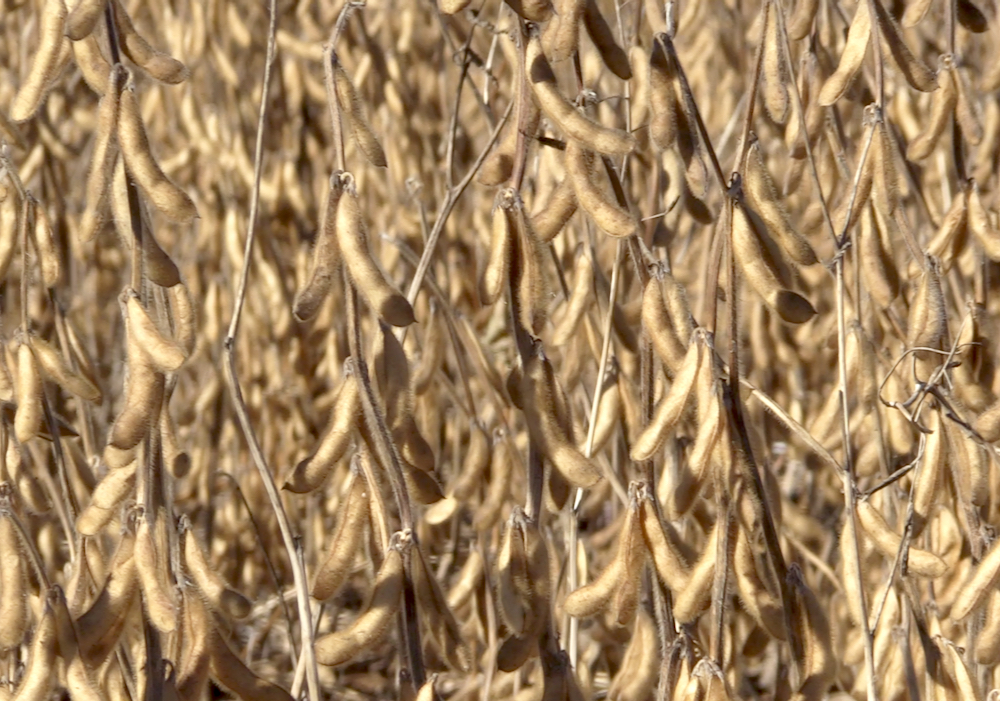Western Canadian feeder cattle prices traded $3 to $5 higher on average over the past week.
Wholesale beef prices have come off their highs and appear to be weakening in line with the seasonal tendency. However, Alberta packers were buying fed cattle in the range of $201-$203, basically in line with the market seven days earlier.
Quality larger-frame medium-flesh steers weighing just over 700 pounds were topping out at a whopping $295 to $303 in central Alberta. Similar-quality heifers averaging 675 lbs. were trading from $280 to $290 in the Red Deer region. Buyers were extremely aggressive and robust feedlot demand was noted on all weight categories. The farmer/small cattle producer was on the sidelines at most markets, shying away from the higher price levels.
Read Also

CBOT Weekly: Grain, oilseed futures under pressure
November soybeans lost 23 U.S. cents per bushel during the week, while corn and wheat losses ranged from five to 10 cents.
A larger portion of eastern Alberta and western Saskatchewan has experienced less than 40 per cent of normal precipitation over the past 45 days, causing some yearlings to come on the market sooner than anticipated. Top-quality heifers and steers were selling as much as $10 above week-ago levels in this region. U.S. feeder cattle were also trading $3 to $5 higher, which was supportive to the markets in Manitoba and eastern Saskatchewan; however, auction markets in these regions are contending with lower volumes of various quality cattle. Pasture conditions are faring better in the eastern Prairies but Western Canada in general needs timely rains over the next couple of weeks.
Feed barley prices have jumped $10 per tonne since late May, with prices quoted in the range of $213 to $215 per tonne in the Lethbridge area for nearby delivery. Feed wheat prices also edged higher, trading at $208 per tonne in southern Alberta, $6 above week-ago levels.
This feed grain market could jump sharply, given the current forecast for 30 to 35 C temperatures for the upcoming week. It’s inevitable the cost per pound gain will increase, causing the feeding margin structure to narrow in the deferred positions. The feeder market needs to see offsetting gains in the fed cattle market to sustain the fierce upward momentum.
— Jerry Klassen is a commodity market analyst in Winnipeg and maintains an interest in the family feedlot in southern Alberta. He writes an in-depth biweekly commentary, Canadian Feedlot and Cattle Market Analysis, for feedlot operators in Canada. He can be reached by email at [email protected] for questions or comments.
















